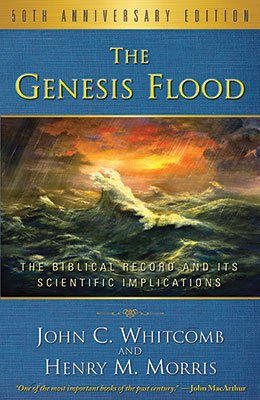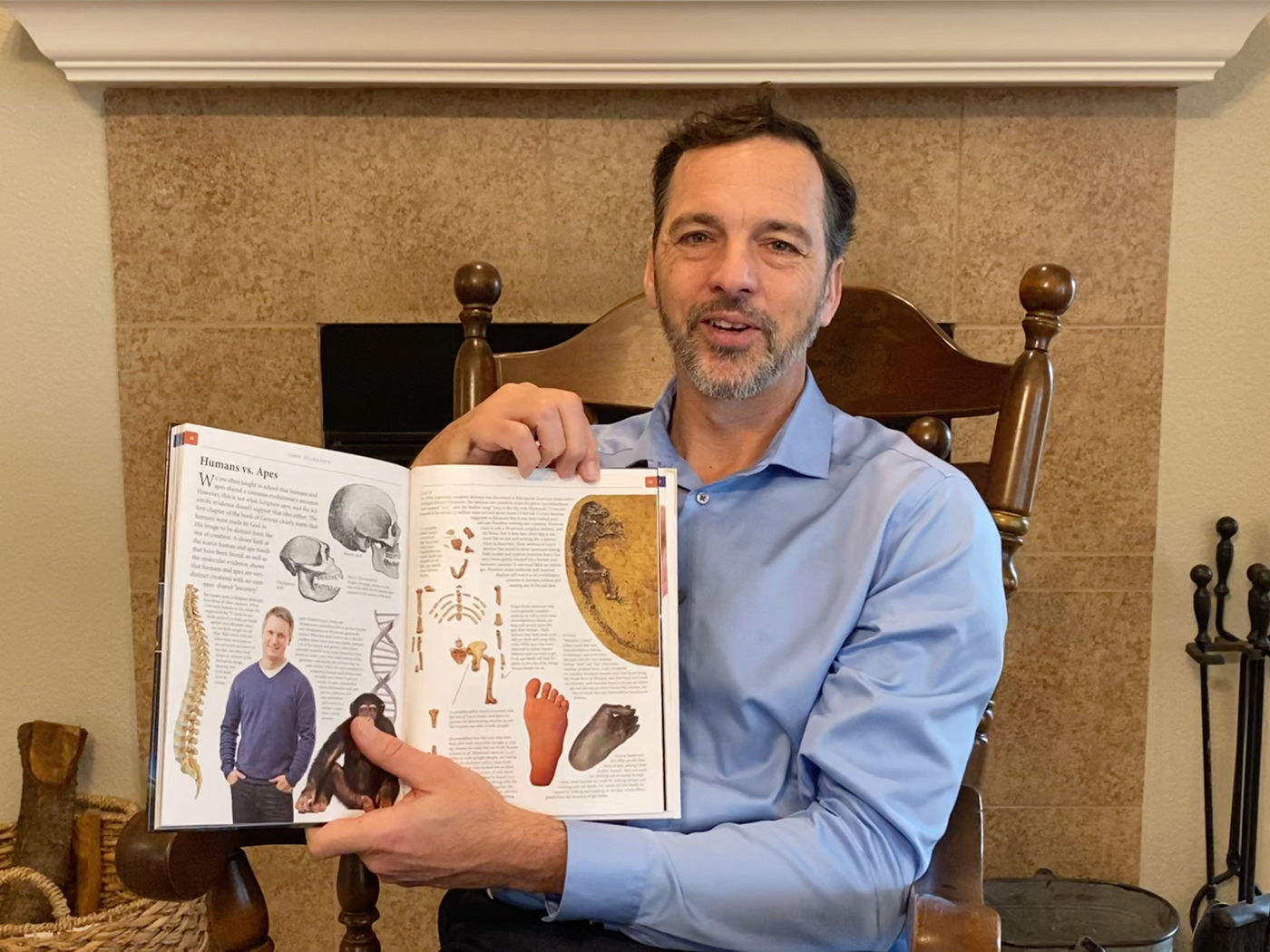Purpose
The publication of The Genesis Flood by Drs. John C. Whitcomb and Henry M. Morris in 1961 revolutionized and invigorated modern creation science. Their book exposed the dilemma Bible-believing Christians face—whether to accept conventional geologists’ verdict of a billions-of-years-old Earth or the biblical account of a global flood just thousands of years ago.1 As Whitcomb and Morris noted:
The decision then must be faced: either the Biblical record of the Flood is false and must be rejected or else the system of historical geology which has seemed to discredit it is wrong and must be changed.2
To resolve this dichotomy, they argued that Christians must “restudy and re-think the great mass of geologic and paleontologic data” with the goal of outlining a new, biblically based geological model for the global Flood.3
Methods
Whitcomb and Morris undertook a massive literature review with the goal of identifying inadequacies in conventional geological explanations. Their second goal was to construct a new framework for historical geology that “would serve as a better basis of correlation for the available scientific data than does the present one.”3 To do this, they drew upon the work of earlier creationists such as George McCready Price and Walter E. Lammerts. But first and foremost, their interpretations were founded on the historical reality of the global Flood.
Results
The immediate result was the revitalization of biblically based science. Whitcomb and Morris created a new narrative by reinterpreting the available geological data, suggesting that the vast majority of fossiliferous sedimentary rocks was the product of the year-long Flood. In effect, they built a model that better explained the geology we observe.
Whitcomb and Morris began by assuming that most Precambrian rocks were formed by the events on Day 3 of the creation week (Genesis 1:9-13). They suggested that the bursting of the “fountains” on the first day of the Flood (Genesis 7:11) was accompanied by massive releases of both magma and water. Furthermore, they envisioned that early Flood crustal displacements would have produced devastating tsunamis that raced across the oceans. These waves would have picked up and carried sediment and marine organisms, depositing them as the rocks and fossils of the earliest Flood (Paleozoic).
Later, plants and land animals would have been sequentially buried as the Flood continued to rise. Their particular burial order was based on three factors: (1) mobility of the animal, (2) density and hydrodynamic factors, and (3) elevation of habitat. As the authors explained, “The order is exactly what is to be expected in light of the Flood account.”4
Whitcomb and Morris also placed the Flood/post-Flood boundary near the top of the Tejas Megasequence (Tertiary), just below the Ice Age deposits. And this is where ICR scientists still place the upper Flood boundary.5,6
Impact
Although The Genesis Flood was written before the modern theory of plate tectonics and catastrophic plate tectonics,7,8 its geological insights were truly remarkable. This one book sparked the modern creation movement and revived faith in the trustworthiness of the Bible.
Dr. Henry Morris went on to establish the Institute for Creation Research in 1970 and wrote a total of 66 books. Much of what he wrote is still valid and widely accepted by the creation science community. Most of his predictions and insights have stood the test of time, with only a few that needed adjustment as more data were unveiled.
In testament to its lasting value, The Genesis Flood is still required reading for anyone interested in a scientific and biblically based alternative to evolutionary dogma.
References
- Whitcomb, J. C. and H. M. Morris. 1961. The Genesis Flood: The Biblical Record and Its Scientific Implications. Philadelphia, PA: The Presbyterian and Reformed Publishing Company.
- Ibid, 118.
- Ibid, 119.
- Ibid, 276.
- Clarey, T. 2020. Compelling evidence for an Upper Cenozoic Flood Boundary. Acts & Facts. 49 (5): 9.
- Clarey, T. L. and D. J. Werner. 2019. Compelling evidence for an Upper Cenozoic Flood/post- Flood boundary: Paleogene and Neogene marine strata that completely surround Turkey. Creation Research Society Quarterly. 56 (2): 68-75.
- Austin, S. A. et al. 1994. Catastrophic Plate Tectonics: A Global Flood Model of Earth History. In Proceedings of the Third International Conference on Creationism. R. E. Walsh, ed. Pittsburgh, PA: Creation Science Fellowship, 609-621.
- Baumgardner, J. 1994. Runaway Subduction as the Driving Mechanism for the Genesis Flood. In Proceedings of the Third International Conference on Creationism. R. E. Walsh, ed. Pittsburgh, PA: Creation Science Fellowship, 63-75.
* Dr. Clarey is Director of Research at the Institute for Creation Research and earned his Ph.D. in geology from Western Michigan University.































